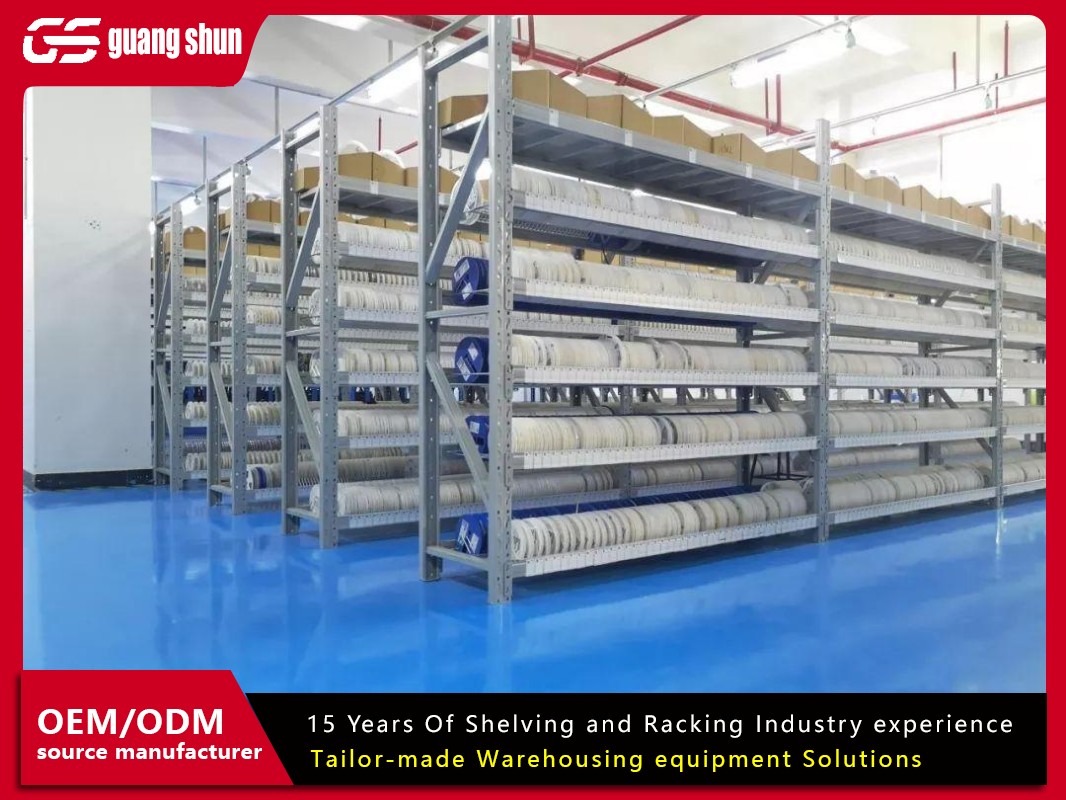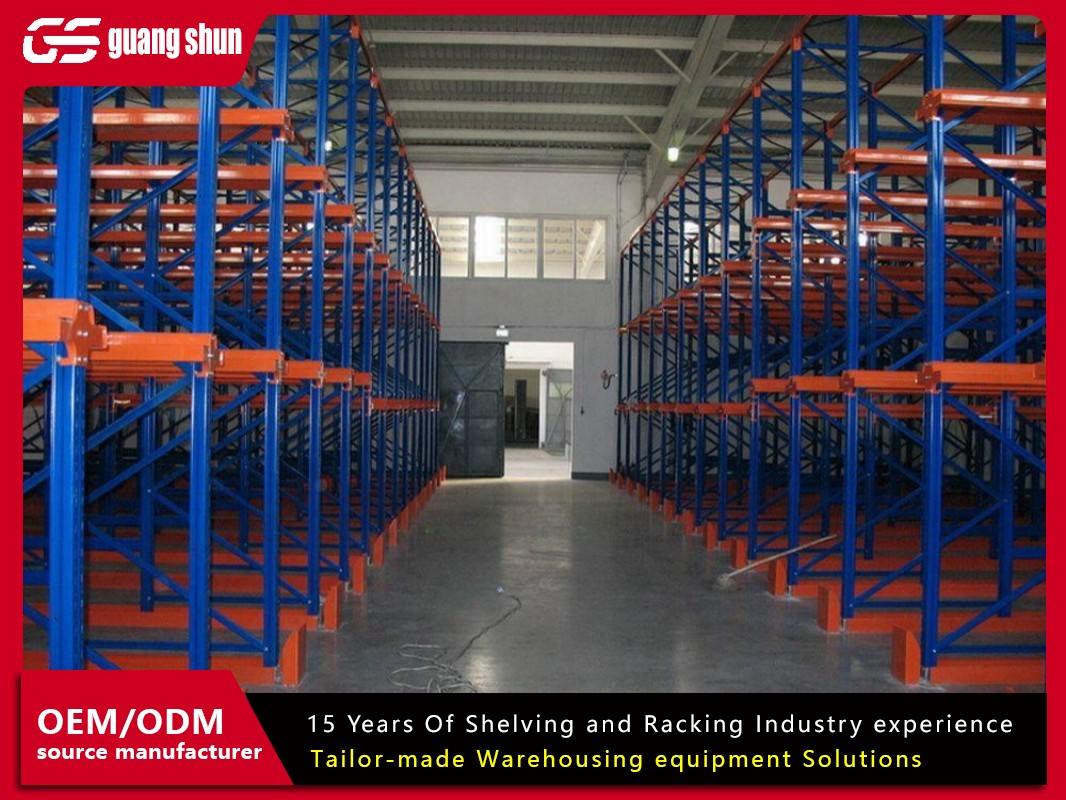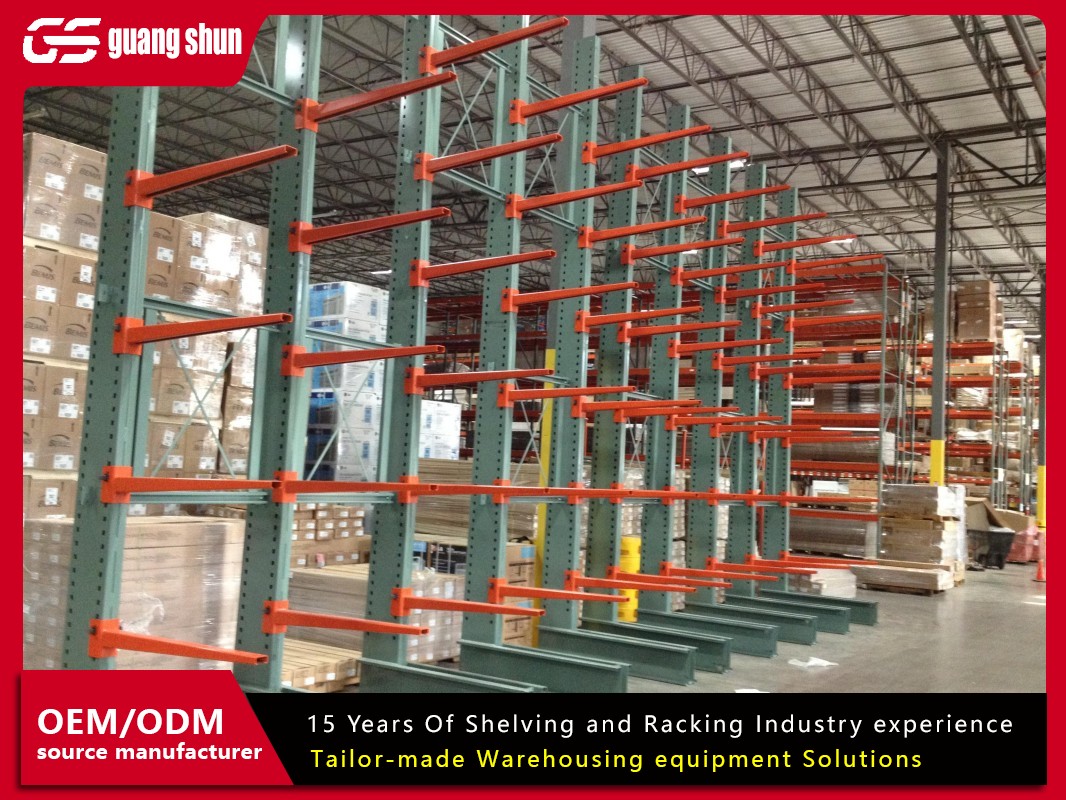In the world of industrial storage and warehouse management, efficiency is everything. Maximizing space, ensuring safety, and streamlining workflows are critical to a successful operation. At the heart of most of these systems lies a fundamental piece of infrastructure: metal pallet racking. This robust framework is the unsung hero of warehouses, distribution centers, and manufacturing facilities worldwide, providing the necessary support to store vast quantities of goods systematically and accessibly.
Choosing the right metal pallet racking system is not a one-size-fits-all decision. It requires a deep understanding of your inventory, operational flow, and physical space. This comprehensive guide will explore five major types of metal pallet racking, delve into key selection criteria, and highlight the most common problems faced by warehouse managers, providing you with the knowledge to optimize your storage solutions.
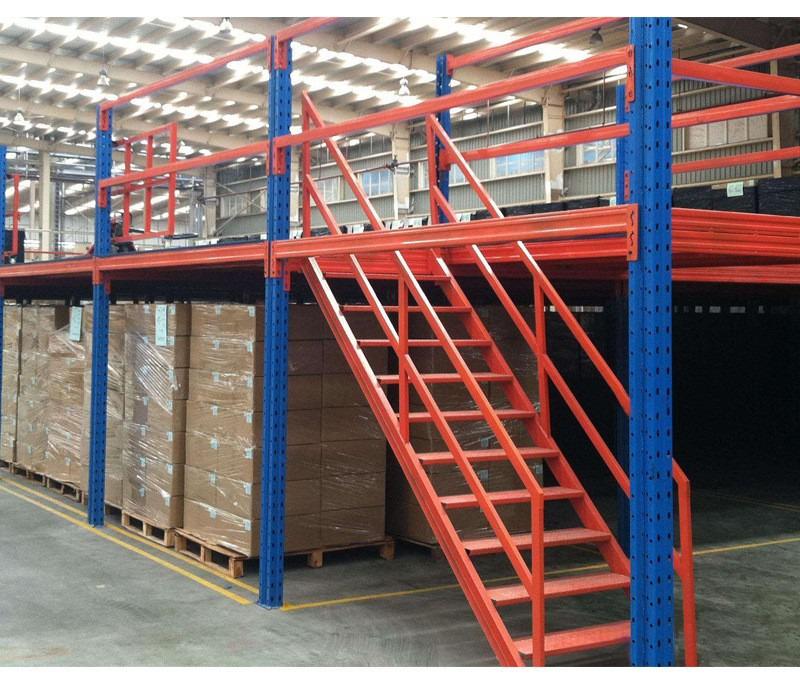
What is Metal Pallet Racking and Why is it Crucial?
Metal pallet racking is a structural storage system designed to store materials on pallets (skids). Unlike solid shelving, racking systems are typically made from high-strength steel and are engineered to handle extremely heavy loads, often thousands of pounds per shelf level. The primary purpose of any metal pallet racking system is to utilize a facility's vertical cube space efficiently, moving storage upward instead of outward.
The benefits of a well-designed system are profound:
Maximized Storage Density: By going vertical, you dramatically increase your storage capacity without expanding your building's footprint.
Improved Accessibility: Most systems are designed for direct access to every pallet, speeding up inventory rotation and order picking.
Enhanced Organization: Inventory can be sorted, categorized, and located with precision, simplifying management and reducing loss.
Increased Safety: Properly engineered and installed racking protects both your valuable inventory and, more importantly, your workforce by providing a secure storage environment.
5 Major Types of Metal Pallet Racking Systems
Selecting the right type of racking is the most critical step. Each system offers unique advantages tailored to different storage needs.
1. Selective Pallet Racking
This is the most common and versatile type of metal pallet racking. It consists of vertical upright frames connected by horizontal load beams, creating multiple bays where each pallet is individually accessible.
Best For: Warehouses with a high number of SKUs where every pallet needs to be available at any time.
Advantages: 100% selectivity, easy to adapt and reconfigure, compatible with most forklift types.
Disadvantages: Lower storage density compared to other systems, as it requires more aisles for access.
2. Drive-In/Drive-Through Racking
This is a high-density storage system where the metal pallet racking itself forms the storage lanes. Forklifts drive directly into these lanes to place and retrieve pallets, which are supported by rails on either side.
Best For: Storing large quantities of the same product (low SKU count), such as in cold storage or for bulk ingredients.
Advantages: Very high storage density by eliminating multiple access aisles.
Disadvantages: Operates on LIFO (Last-In, First-Out) or FIFO (First-In, First-Out) principles, which can be less flexible. Reduced accessibility can slow down picking.
3. Push-Back Racking
A high-density, dynamic system where pallets are stored on nested carts on inclined rails. When a new pallet is loaded, it pushes the existing pallets back. When a pallet is retrieved, the next one moves forward by gravity.
Best For: High-density storage with better selectivity than drive-in systems. Ideal for multiple SKUs that still require deep storage.
Advantages: High density (typically 2-6 pallets deep), operates on LIFO, better selectivity than drive-in.
Disadvantages: Higher cost per pallet position than selective racking. Slightly more complex to install and maintain.
4. Pallet Flow Racking
This high-density, dynamic system uses gravity to move inventory. The metal pallet racking structure is built on a slight decline. Pallets are loaded at the high end on wheeled tracks and flow smoothly to the unloading end.
Best For: Perishable goods or products with a strict FIFO inventory rotation requirement. Excellent for high-throughput environments.
Advantages: Enforces perfect FIFO rotation, high throughput at the picking face, high storage density.
Disadvantages: Higher initial cost and engineering complexity. Limited to a specific number of SKUs per lane.
5. Cantilever Racking
Designed for long, bulky, or irregularly shaped items that cannot be easily palletized, such as lumber, pipes, furniture, or rolls of carpet. It features a vertical column with arms that extend outward to support the load.
Best For: Long and bulky inventory that is unsuitable for standard pallet racking.
Advantages: Unobstructed access from the front, easy loading and unloading of awkward items, highly adaptable arm heights.
Disadvantages: Not suitable for standard palletized goods. Generally has a lower overall weight capacity compared to some other systems.
How to Choose the Right Metal Pallet Racking for Your Needs
Selecting a system requires a careful analysis of several factors:
Inventory Profile: What are the dimensions and weight of your pallets? How many SKUs do you have? What is your inventory turnover rate?
Space and Layout: What are the dimensions of your building, including ceiling height? What is the layout of doors, columns, and other fixed obstructions?
Material Handling Equipment (MHE): What type of forklifts or order pickers will you use? Their turning radius and lift height will dictate aisle width and racking height.
Budget: Consider both the initial capital investment and the long-term return on investment (ROI). A higher-density system may cost more upfront but save significantly on space costs over time.
Future Growth: Choose a system that can adapt and scale with your business. Modular metal pallet racking like selective racking is easier to reconfigure than fixed systems.
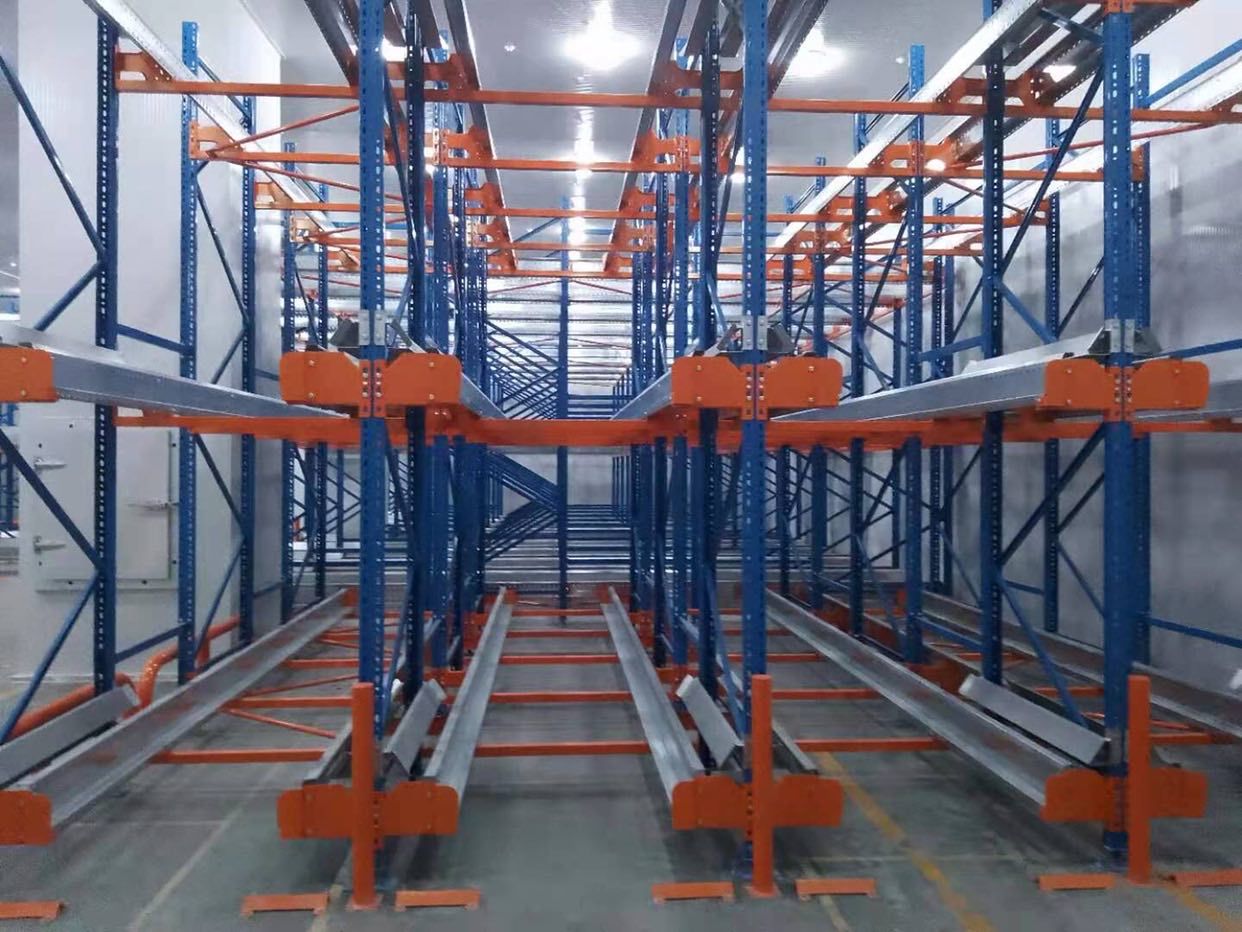
Installation and Maintenance Best Practices for Metal Pallet Racking
Professional installation is non-negotiable. An improperly installed metal pallet racking system is a severe safety hazard. Once installed, a rigorous maintenance regimen is essential.
Professional Installation: Always use certified installers who follow the manufacturer's specifications and local building codes. They will ensure the system is level, plumb, and securely anchored to the floor.
Regular Inspections: Implement a formal inspection schedule.
Operational Inspections: Daily visual checks by forklift operators and floor staff for any obvious new damage.
Official Inspections: Quarterly or semi-annual formal inspections conducted by a designated safety officer or a third-party racking inspector.
Immediate Repairs: Any damaged component must be addressed immediately. This includes bent uprights, cracked or missing connectors, or dented beams. Most manufacturers offer replacement parts. Never attempt to straighten a bent component or weld a repair without manufacturer approval, as this can compromise the structural integrity.
5 Common Problems and Solutions with Metal Pallet Racking
Even the best systems face challenges. Proactive identification and resolution are key to safety and longevity.
Problem 1: Forklift Impact Damage
This is the most common issue. Collisions can bend uprights, dislodge beam connectors, and shift entire sections out of plumb.
Solution: Implement comprehensive forklift operator training. Install protective measures like column guards, rack protectors (post guards), and reinforced uprights around high-traffic areas. Enforce strict speed limits.
Problem 2: Overloading and Improper Loading
Exceeding the designated load capacity of a beam or entire bay is extremely dangerous. Similarly, not centering a pallet correctly on the beams can create a tipping hazard.
Solution: Clearly label the Maximum Uniformly Distributed Load capacity for every beam level. Train all staff on proper loading techniques. Enforce weight-limit policies without exception.
Problem 3: Poor or Incorrect Installation
A system that is not level, not plumb, or not properly anchored is unstable and prone to collapse, especially under full load or in the event of an impact.
Solution: Vet your installer carefully. Ensure they provide certification that the installation meets all relevant standards (e.g., RMI). After installation, verify that anchor bolts are tight and the structure is correct.
Problem 4: Lack of Maintenance and Documentation
Ignoring minor damage allows it to escalate into a major failure. Without documentation from inspections, there is no record of the system's history or recurring issues.
Solution: Establish a formal inspection and maintenance log. Use a rack inspection checklist to document the condition of the system over time. This creates accountability and a paper trail for safety compliance.
Problem 5: System Modification and Misuse
Adding unapproved components, welding to the structure, or using the racking for purposes other than storage (e.g., anchoring equipment) can severely weaken it.
Solution: Never modify metal pallet racking without written approval from the manufacturer or a qualified engineer. Use the system only for its intended purpose and with the correct accessories.
Investing in the right metal pallet racking is an investment in the very foundation of your logistical operation. It directly impacts your efficiency, safety, and bottom line. By understanding the different types of systems available, carefully analyzing your specific needs, partnering with qualified professionals for installation, and committing to a culture of safety and proactive maintenance, you can ensure your metal pallet racking system serves as a reliable and productive asset for years to come. Remember, a well-planned racking system is not just about storing goods; it's about optimizing the entire flow of your business.



